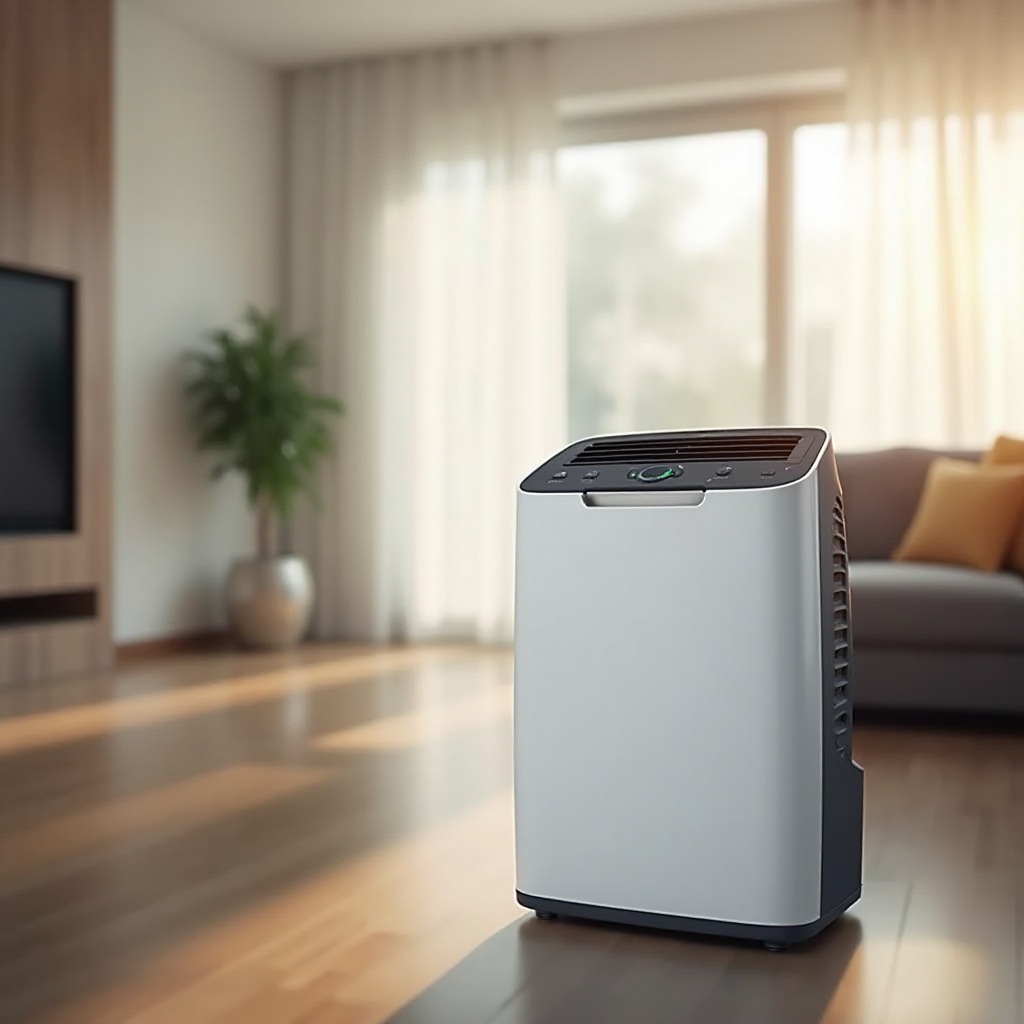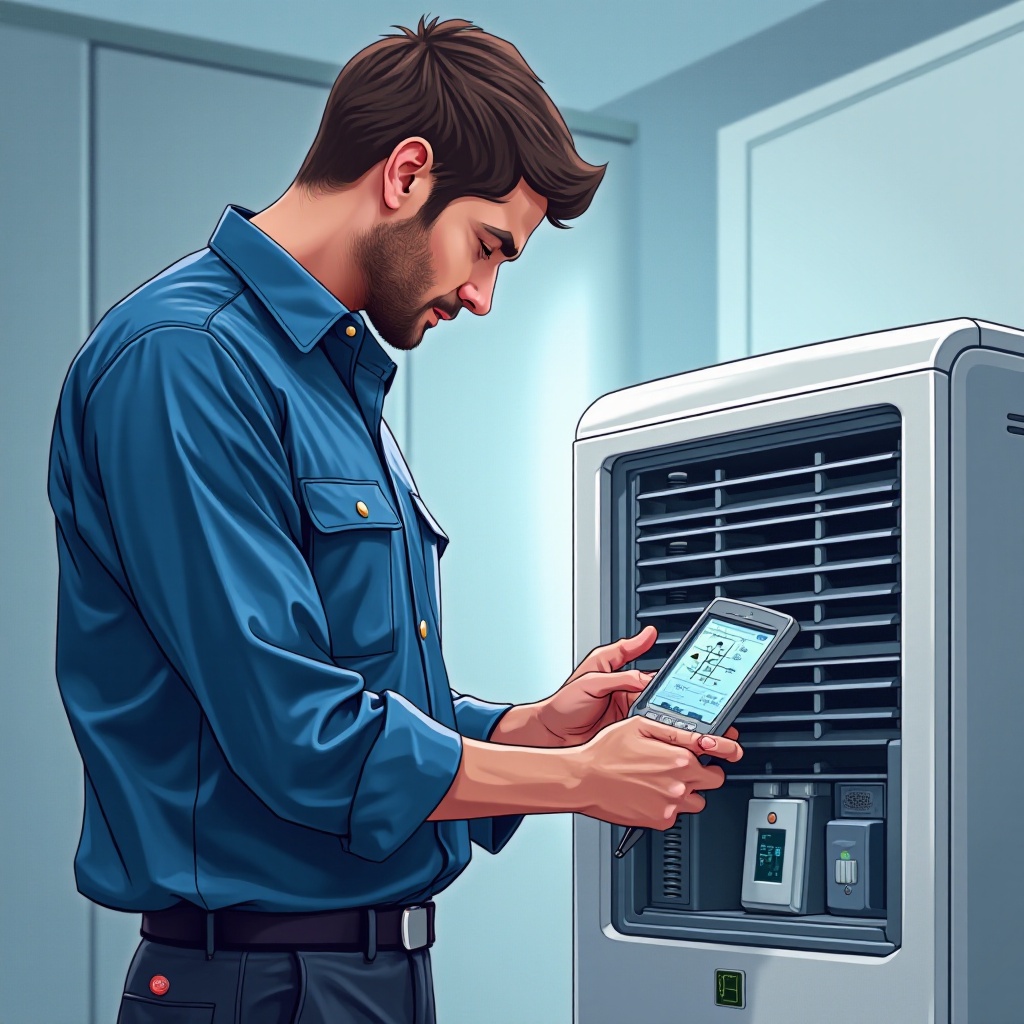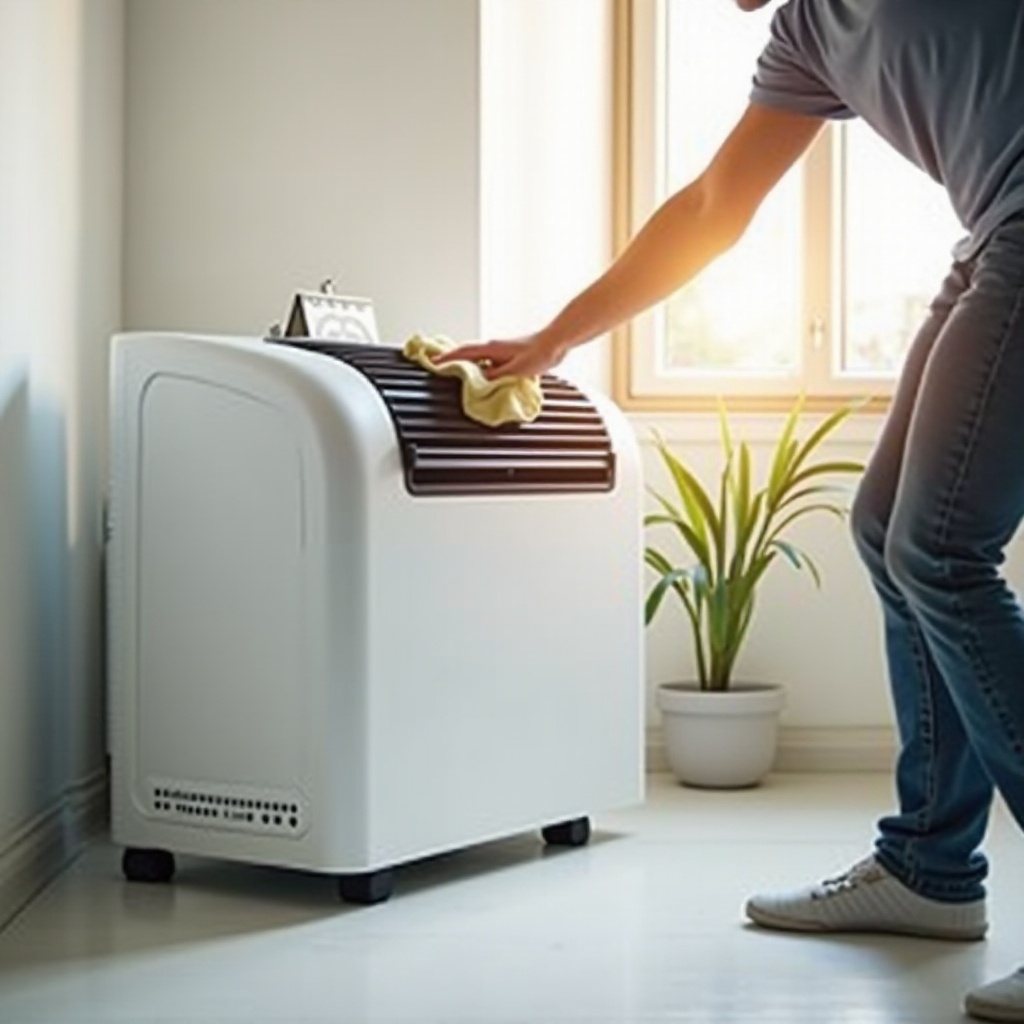Introduction
Dehumidifiers play a crucial role in maintaining comfortable humidity levels in your home, ensuring a healthier living environment. However, when a dehumidifier malfunctions, it can lead to increased moisture levels, fostering mold and mildew growth. This guide will help you troubleshoot common dehumidifier issues, offering practical solutions and maintenance tips to keep your unit running smoothly.

Understanding How Dehumidifiers Work
To troubleshoot effectively, understanding your dehumidifier's basic functionality is crucial. A standard dehumidifier operates by drawing in humid air, cooling it to condense moisture, and then reheating the air before releasing it back into the room. Key components include the compressor, condenser coils, and fan. Recognizing how these parts interact helps you identify when something is amiss.
Grasping the mechanics also aids in tackling problems you might face, such as the unit not collecting water or the presence of frost on the coils. Knowing how the system operates lays the groundwork for identifying and resolving issues efficiently.
Common Dehumidifier Problems and Troubleshooting Solutions
Often, dehumidifiers encounter similar issues, and many can be fixed with simple troubleshooting.
- Dehumidifier Not Turning On
- Ensure the unit is plugged into a functioning power outlet. Check for tripped circuit breakers or blown fuses.
Examine the power cord and plug for damage. If necessary, replace them.
Dehumidifier Not Collecting Water
- Verify that the room temperature is above 65°F, as most dehumidifiers function poorly in colder environments.
- Check if the humidity level setting is appropriate for your space. Often, settings below 30-40% may prevent operation.
Inspect and clean the air filter and ensure that airflow is not obstructed.
Water Leakage from the Unit
- Confirm that the water bucket is properly positioned and does not have cracks.
- Examine the drainage hose for clogs and ensure it's securely connected.
By tackling these common problems with structured steps, you can restore your dehumidifier’s functionality without professional help.
Advanced Troubleshooting Techniques for Persistent Problems
For more complex issues, further investigation might be necessary. Beyond basic troubleshooting, some problems demand additional attention.
- Electrical and Power Issues
If your unit frequently powers down or trips breakers, check for internal wiring or circuit board issues. These often require expertise for safe handling.
Addressing Frost Build-Up on Coils
- Frosting happens when coils remain too cold. Allow your unit to defrost naturally, and verify the ambient temperature.
Inspect the dehumidifier’s fan and ensure proper operation to help moderate coil temperatures.
Adjusting Inaccurate Humidity Sensors
- If readings seem off, recalibrate the sensor according to the manufacturer’s guidelines. This simple step can correct humidity inaccuracies and improve dehumidifier effectiveness.
Through these advanced troubleshooting methods, you can resolve more stubborn issues that simple fixes cannot address.

Proactive Maintenance Tips to Prevent Future Issues
Preventative care reduces future headaches and ensures smooth operation.
- Regular Cleaning Routines
- Wash or replace the air filter monthly to maintain efficiency.
Clean the water bucket to prevent mold growth.
Replacing Filters and Other Components
Follow the manufacturer's schedule for filter replacement and inspection of critical parts like the fan and compressor.
Preparing for Seasonal Changes
- Before storing the unit, thoroughly dry and clean it. When bringing it back into service, conduct a visual inspection and basic operational test.
Consistent maintenance can significantly extend your dehumidifier’s lifespan and effectiveness, reducing the likelihood of malfunctions.

Signs It's Time to Call a Professional Repair Service
While DIY troubleshooting and maintenance are effective, some signs indicate the need for professional intervention. If your dehumidifier generates excessive noise, vibrates unusually, or fails to perform even after comprehensive troubleshooting, seek professional help. Experts can diagnose and repair complex issues, saving you further issues and extending your unit's lifespan.
Conclusion
Maintaining a dehumidifier ensures efficient operation and prolongs the appliance's life. By understanding how dehumidifiers work, employing both basic and advanced troubleshooting techniques, and engaging in regular maintenance, you can prevent and resolve common issues. A well-maintained dehumidifier fosters a healthier and more comfortable living environment.
Frequently Asked Questions
Why is my dehumidifier making strange noises?
Strange noises often result from debris in the fan or loose components. Clean the fan area and ensure all parts are securely attached. If noise persists, consult a professional.
How often should I replace my dehumidifier filter?
Replace the filter every six months, or as specified by the manufacturer, to ensure optimal performance and air quality.
What can I do if my dehumidifier keeps freezing up?
Ensure ambient temperatures are above 65°F for optimal operation. If freezing continues, check and potentially adjust the fan or replace the thermostat if malfunctioning.
